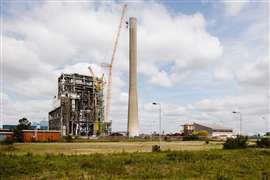Read this article in Français Deutsch Italiano Português Español
Q&A: What’s new on Caterpillar’s updated articulated dump truck range?
Premium Content
08 October 2025
STAY CONNECTED


Receive the information you need when you need it through our world-leading magazines, newsletters and daily briefings.
Longer reads
CONNECT WITH THE TEAM


Neil Gerrard
Senior Editor, Editorial, UK - Wadhurst
Tel: +44 (0) 7355 092 771
E-mail: [email protected]









